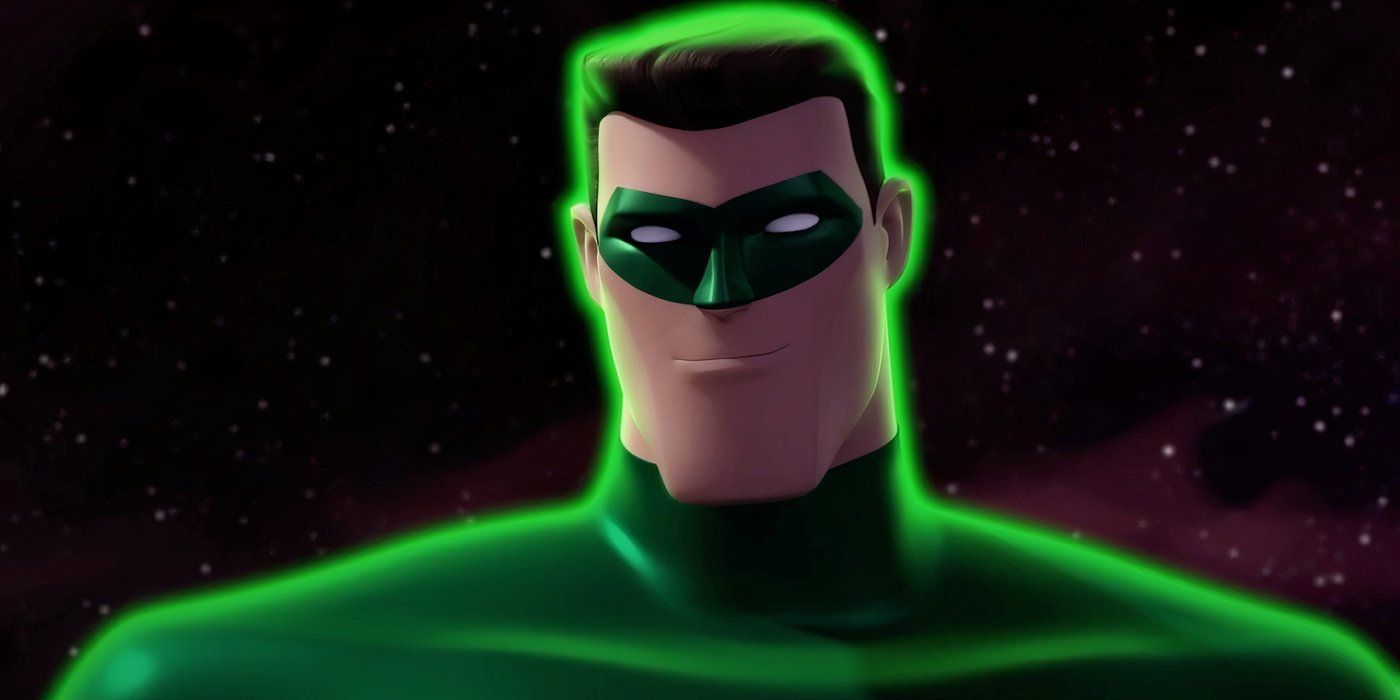One Piece: World Seeker represents the anime’s umpteenth blown attempt to capture its charm and imaginative creativity in a video game.
Anime video game adaptations rarely meet the full spectrum of fan-service, gameplay, and introductory consideration to newcomers. One Piece: World Seeker sabotages all three in its feeble attempt to marry a long-running piece of pop culture media with an open-world action-adventure, compromising its sense of character with ongoing bloat. The movement is stilted and clumsy, the combat is overly simplified and unfair, everything takes longer than it should, and the narrative is a barrage of nonsense segmented into a hodgepodge of basic quests and occasional zany character introductions.
Players take on the role of One Piece’s two-fisted, loyal, yet often immature pirate captain Monkey D. Luffy, trapped in a mechanized floating prison and breaking out to locate his diverse crew. Following an impressive cinematic scuffle, players control the rubbery rogue as he lands on Prison Island (formerly known as Jewel Island), a broad series of interconnected small archipelagos in tight control of the militaristic Navy/Marine troops. After the intro, players can meander through the entirety of Prison Island, looking for treasure, tussling with Marines and enemy pirates, and speaking to NPCs.
Related: NieR: Automata Game of the YoRHa Edition Review
The wide-open world of One Piece: World Seeker is much smaller than it first appears, and amounts to a handful of grassy plateaus, mountainous encampments, and tiny city areas. The graphics are immediately attractive, with surprisingly detailed textures despite the cel-shaded quality, and the animations of the main character are buttery smooth; watching Luffy’s beautiful frames as he runs and leaps around is a truly impressive display, and his rubber-limbed combat moves are drastically over-the-top, with arms morphing into massive wrecking balls during the most modest of 3-hit-combos.
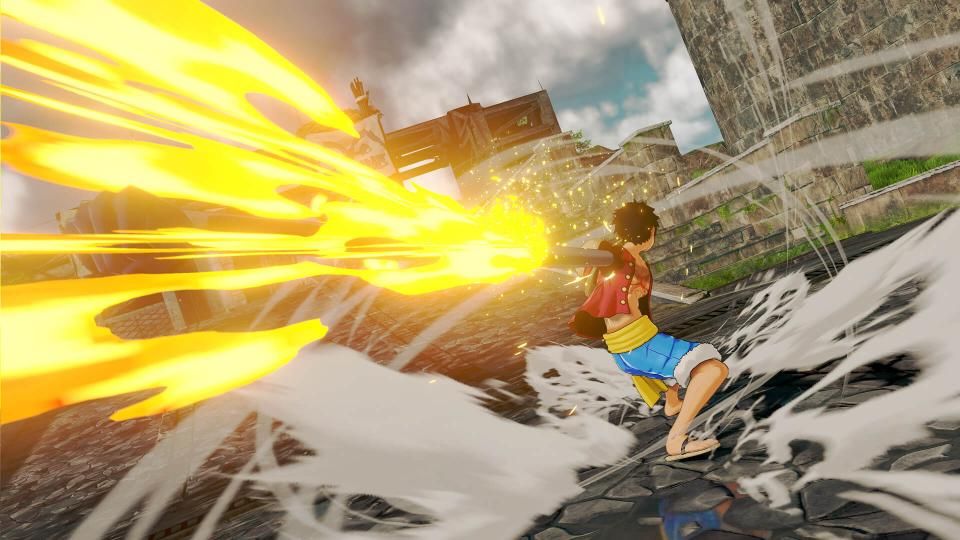
Get used to those combos, though, because they rarely deepen through the game’s run-time, and are all tied to a single melee button. There’s a skill tree that shapes itself around ranged attacks and different combat styles — known as “Haki,” as per the game’s parlance — and while additional moves and abilities can be unlocked with accumulated skill points, the basic combat vocabulary in the game is woefully inadequate to the length of the adventure. There’s a basic quick fighting style, a stronger aggressive Haki, and the longer-range attack options, which function much like a pistol or shotgun in practice, but are basically just long-distance melee. Enemies, on the other hand, have a slew of offensive maneuvers, weapons, and navigational abilities, as well as unfathomable targeting expertise, frequently noticing and sniping at Luffy from hundreds of feet away with ease. Combined with the fact that enemies cannot be damaged when knocked on the floor (they are actually completely invincible until they get up again, no matter how many wrecking balls you slam into their faces), the fighting just never clicks, but at least the tougher elite mobs can be dispatched with a few 3-hit combos at most.
Your baseline HP is generous, but the challenge in One Piece: World Seeker varies drastically between sleepy and abruptly impossible, regardless of selected difficulty mode. Hours could pass with enemies being dispatched on autopilot, before a surprise boss fight or advanced encounter brings progress to an immediate halt. The skill system in the game seems crafted for that eventuality, though, establishing a strict requirement of side quest completion to garner enough skill points to boost the necessary attributes and bonuses. None of it feels satisfying or fair, though, and upgrade costs are just high enough to shackle the pace of players who might otherwise be uninterested in fetch quests and busywork and just want to focus on the main mission.
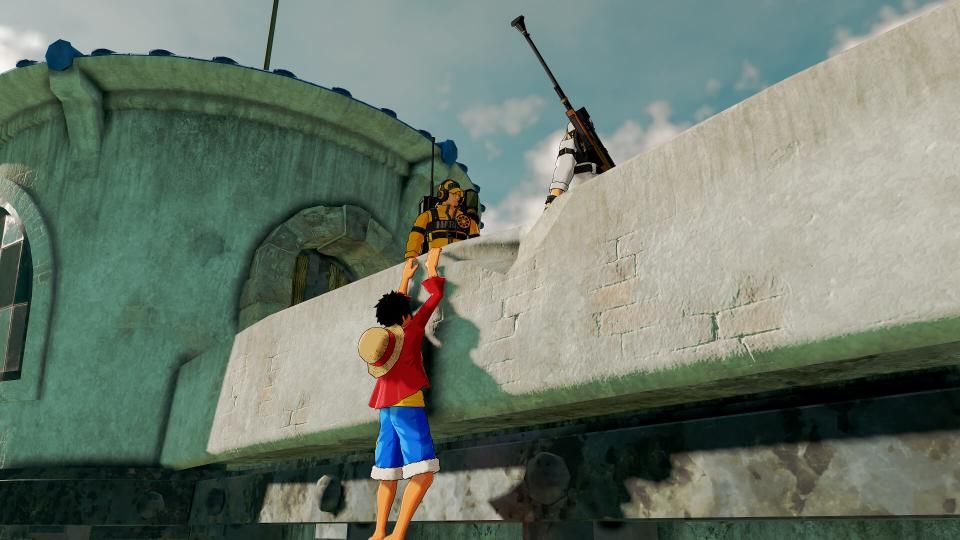
What first appears to be a diverse but simplistic range of activities — traveling to specific areas, using your x-ray Observation Haki to scope out NPCs or items, or busting someone out of a prison — soon devolves into some of the worst examples of open-world tropes imaginable. Forced stealth missions, strictly timed objectives, and other bottom-of-the-barrel examples of mission design rear their head before long, and rarely can they even be forecast in the context of the story. In other words, players might pick a side quest they didn’t realize was exactly the thing they didn’t want to do, or aren’t yet outfitted for, only to find out halfway through, requiring that the mission be canceled and another one selected instead.
Luffy’s run speed and magically limber form allows him to shoot across Prison Island quickly, stretching his arms impossibly far to grab handholds on building ledges and trees. Sometimes, if you squint a little, you might think of Spider-Man soaring through Manhattan, and there are even bespoke sections where you can cleanly swing like a stretchy ape between buildings. Much of the time, though, it’s a clumsy affair, and it’s hard to gauge what ledge is actually scalable or reachable, or what specific geometric edges are deemed untouchable for arbitrary reasons.
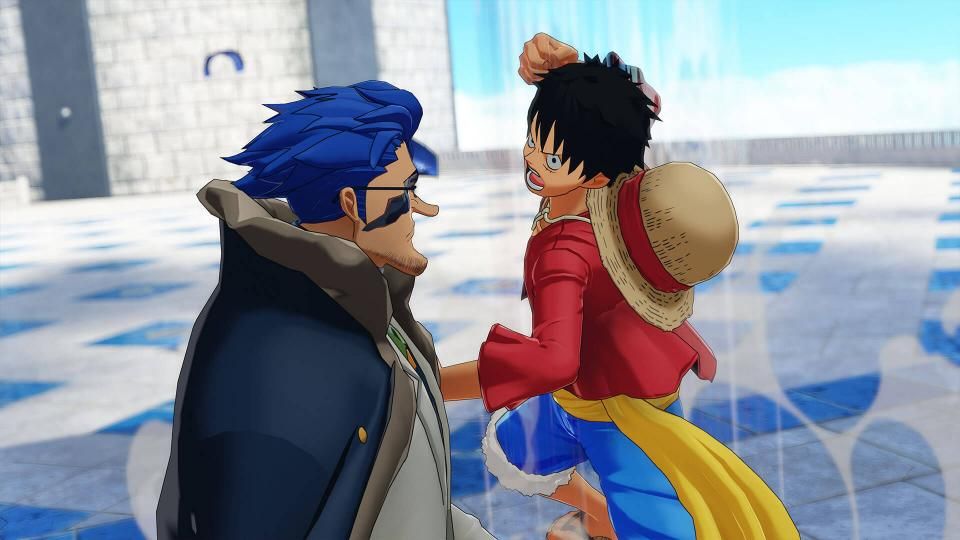
There’s plenty of other fluff in the mix as well, including a karma system that endears crew members to Luffy depending on his quests and actions. Equipment and clothing can be crafted, but equipment slots are minimal, even though there is an absolutely obscene amount of crafting material debris to be found throughout the world. Lunches can be made for your crew so they can be sent off to find crafting items (yet another arbitrary distraction), and opening a single discovered treasure chest takes forever, with a simple prompt that requires players to hold a button down for approximately 8-10 seconds; the fact that a skill can be purchased which reduces this timed gauge only adds insult to injury.
That last point isn’t an isolated fluke, and nearly every aspect of the game seems deliberately chosen to add tedium, padding, and merciless time-sinking to every action taken. Within nearly every conversation, camera angles invariably fade to black for no logical reason, and loading saves after dying or failing a mission take upwards of 30 or 40 seconds, oftentimes kicking players backwards through many minutes of time spent.
For better or worse, there’s no English audio in the game, which is just as well. Most of the dialogue isn’t spoken in Japanese, either, but uses the time-honored tradition of verbal quips and soundbites to accompany on-screen text tapping away. There’s rarely a surprise twist or truly amusing sub-plot to find, but the story is serviceable, even though the majority of the narrative balances on the non-canonical and unremarkable character Jeanne, a Prison Island local who is threaded to every major plot development. At least the soundtrack is strong and characterful, though the first few seconds of battle music will start to grate on your eardrums — interestingly, you can control and remix your own specific soundtrack playlist from the options screen, a rarity in these types of games.
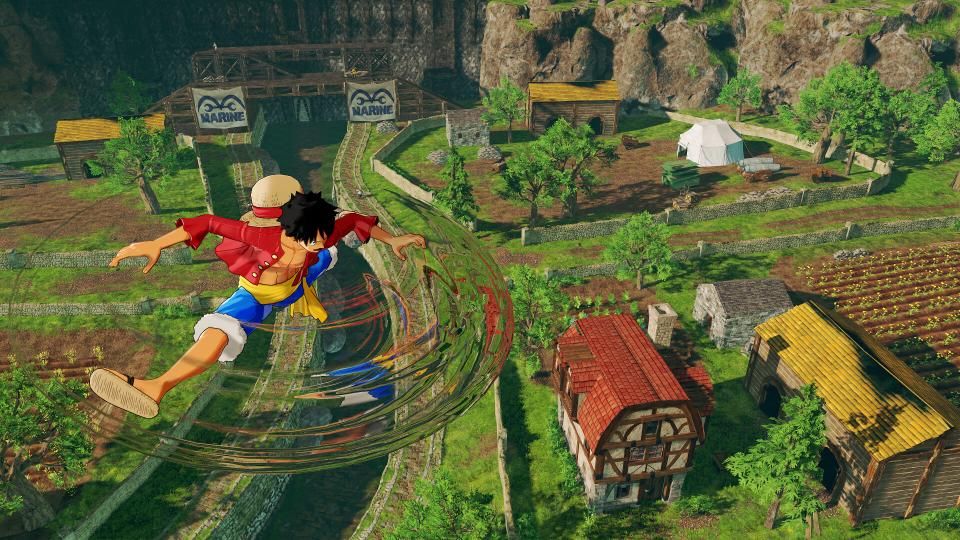
Again, the graphical fidelity, high quality of animation, and impressive draw distance are all worthy of note, but the world itself is fairly bland. Trees, mountains, buildings, and the occasional pirate ship represent the bulk of the backdrop. The floating prison where the adventure begins always hangs in the horizon, just out of reach, for much of the game, a strange reminder that there are some good ideas floating in the air of One Piece: World Seeker. It’s a shame that they feel lost in the noise of this hum-drum experience.
More: Left Alive Review – Better Off Dead
One Piece: World Seeker releases on Xbox One, and PS4, and Microsoft Windows platforms on March 15. A digital code for PS4 was provided to Screen Rant for purposes of review.





